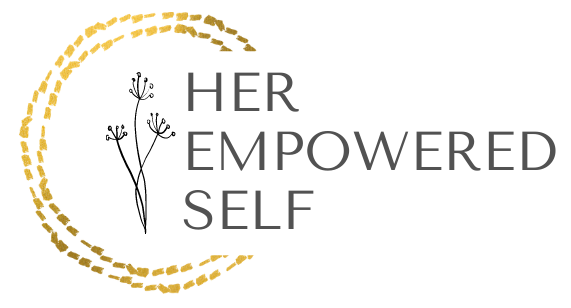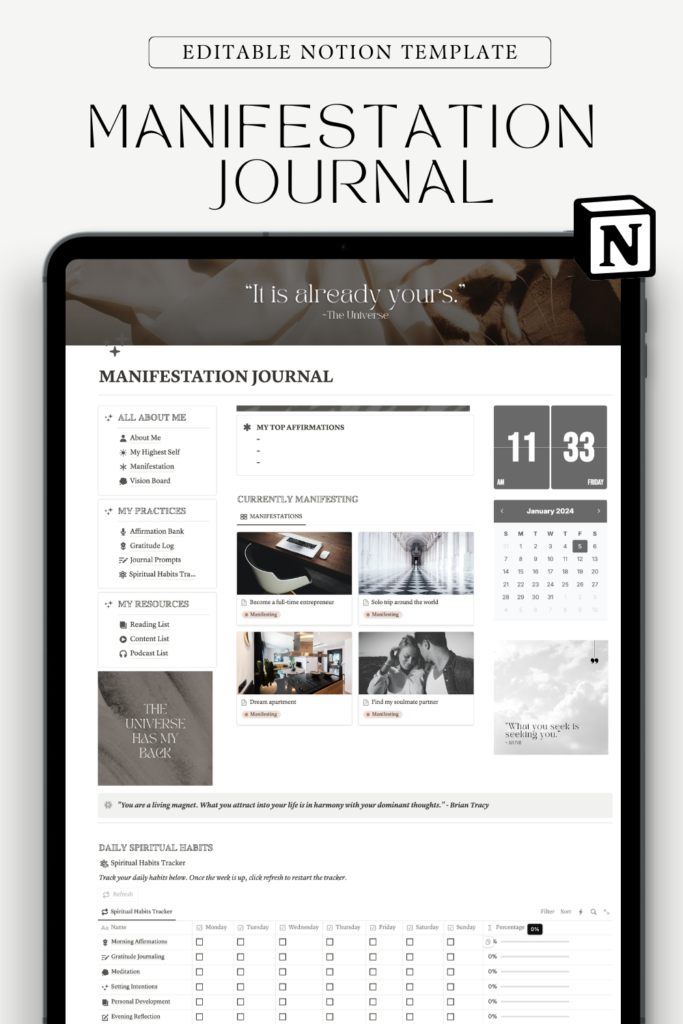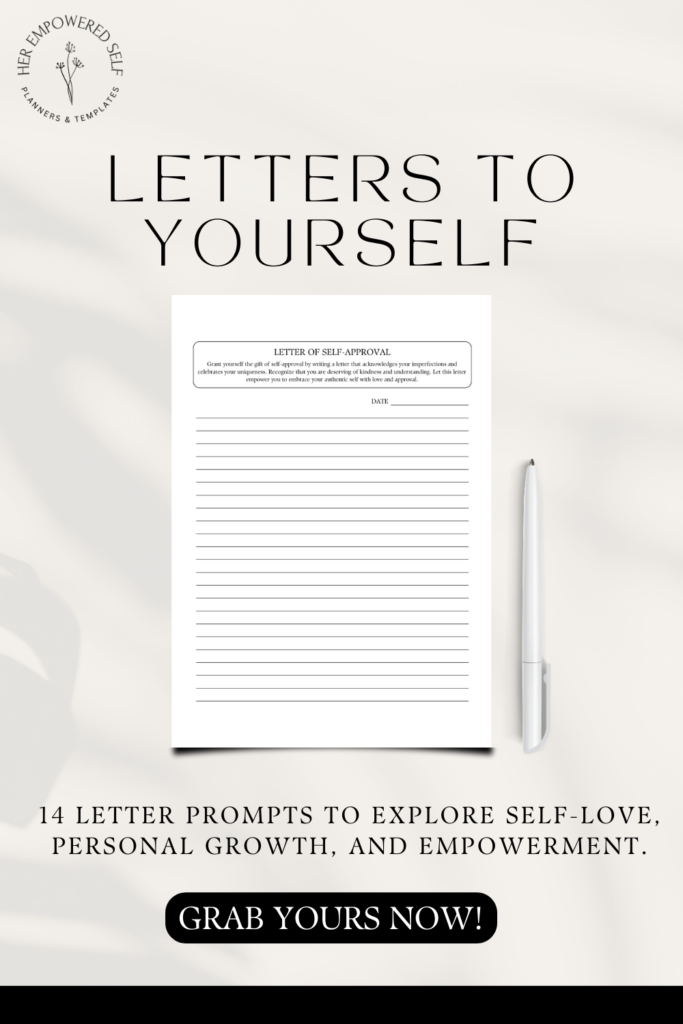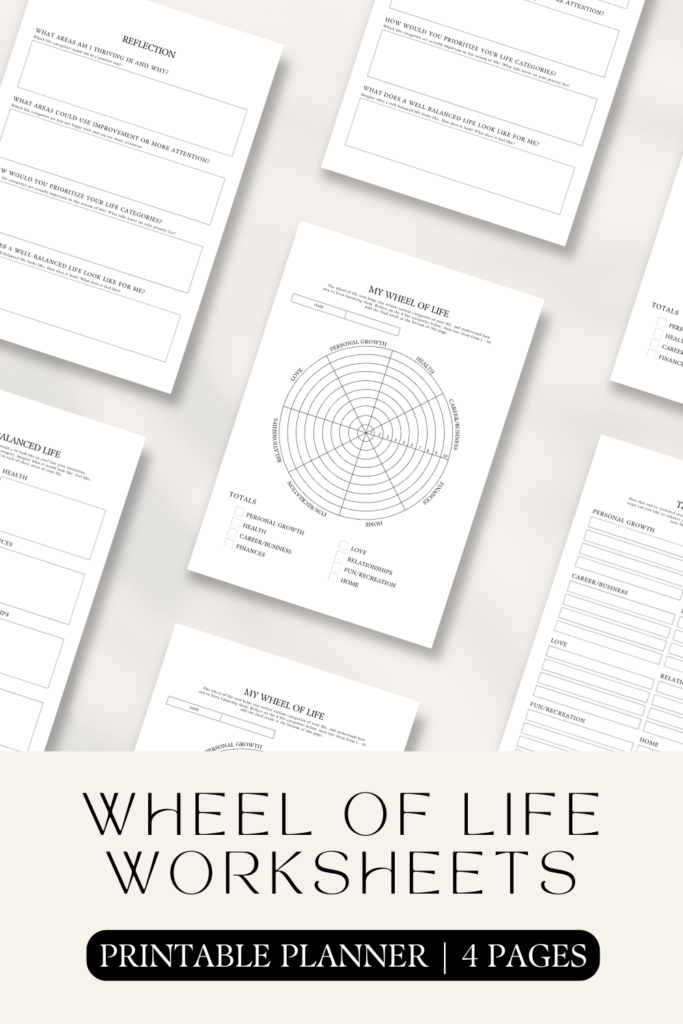Looking to be more productive? Want to review your month and see that you’ve crushed all your goals? Here are my top planning and productivity tips to help you reach ultimate success!

Introduction
Imagine crushing all of your biggest goals this year…how would that feel? Wouldn’t it be amazing to be absolutely productive and effective to the point that we surpass all our goals and more?
Considering the state of the world (pandemic and all), it has become even more challenging to be productive and stay on top of our goals.
If this sounds like you, you’re certainly not alone. Now more than ever, we have the opportunity to get re-organized and set up relevant routines and habits to ensure we still reach all of our biggest desires for the year.
Read on to discover my top 10 planning tips that have helped me consistently reach my goals.
How Productive Are You?
Before we dive in, let’s start with reviewing your current state. Sometimes we need to zoom out to better understand where we’re at, what we can improve upon, and understand what might be holding us back.
Consider the following questions:
- What does productivity mean to you?
- How productive are you currently?
- What is your current planning process?
- What takes up most of your time?
- What would you like to have more time to do?
- What would you like to do less of?
- Does your current routine allow you to hit your goals?
As you better understand and assess your current state, hopefully, it will shed light on what has been working for you as well as the things that aren’t working.
Once you get more clarity, explore the following tips to further improve your current planning process to become more effective in reaching those goals!
Top 10 Planning Tips for Productivity

1. Build a Year Plan
Having a year plan is a great way to set high-level goals for what you want to achieve within 365 days. That’s a large chunk of time that will allow you to make headway on your goals!
To build a year plan, start by defining your top goals. Limiting this to 3-5 main goals will keep you focused and ensure you aren’t overwhelming yourself.
As you define your top yearly goals, you can then also map out the different milestones and events for the year. Breaking down your goals, milestones, and events helps you visualize what your year will look like, also helping you forecast what will happen when.
Once you’ve got a year plan locked down, this essentially acts as your roadmap for the year.
As a result, this plan will also guide you when planning your quarters, months, and weeks. It will ensure you aren’t starting from scratch each time, but you have a clear vision that will take you towards your bigger goals.
If you have the capacity, I would suggest also building out a 5-year and 10-year plan. This doesn’t need to be elaborate, you can start by noting down where you see yourself in 5 or 10 years. Knowing where you want to go in the long run also helps define what priorities you need to have today.
When doing any planning, remember to make it a process that you can enjoy! Write your plans down so you can review them over and over again. If you ever lose your direction or feel uncertain during the year, you can always come back to your year plan.
2. Theme your days

Many of us are multi-passionate people, where we might wear different hats! For example, I am a Blogger, Coach, Consultant, Partner, Sister, Daughter…and so many more things! With all these different roles, it can feel overwhelming to wear all these hats all the time!
One of the most effective things I’ve done is set up themed days, according to the different roles I have.
For example, my schedule looks something like this:
Monday: Blogger
Tuesday: Consultant
Wednesday: Blogger, Coach
Thursday: Consultant
Friday: Blogger, Partner
Saturday: Partner, Family time
Sunday: Personal time
Instead of having to balance multiple different things every day, I block out specific days for different tasks and priorities. Ultimately, this results in focus and maximum effectiveness – no matter the hat I’m trying to wear.
I highly suggest theming your days! This also helps build repetition and conditions your mind to prepare for each day according to the theme. For example, if I know Mondays are for Blogging, I will mentally prepare on Sunday knowing that I will likely create new blog content.
Remember that we are creatures of habit. This simple technique can make a great difference in your productivity!
To theme your days, ask yourself:
- What makes up your time currently?
- What different hats do you wear?
- Which days do you want to wear each hat?
Also, think about which days are most productive for you, and allocate your days accordingly. If you prioritize your side business for example, and your most productive day is Monday – make sure that you block out Mondays for your business alone!
3. Time-block & Batch

Similar to blocking days, you can time-block your tasks in advance. Once you know what you want to accomplish within a week, block that out in your calendar.
To take this to the next level, you can also batch similar tasks together.
For example, if you are a coach and you want to focus on content creation, batch all content creation tasks together on the same day. Then perhaps, all of your coaching calls and meetings happen on a separate day of the week entirely.
This helps you stay focused and reduce context-switching, which can reduce our productivity since it takes more effort for us to shift our thought process multiple times throughout the day.
This can apply to you no matter what role you play. The most important thing to remember is to block similar types of tasks together.
I guarantee you’ll also feel less overwhelmed!
4. Set weekly meetings with yourself
Personally, as an entrepreneur, I’ve learned the importance of building routines and cadences that allow you to be your most productive self. There is a reason companies and teams set up weekly cadences for meetings – this is to build a routine, track progress, and course-correct if needed.
Why not set weekly meetings for yourself? Entrepreneur or not – setting regular meetings with yourself can help you stay on track with your personal development goals.
Here is an example of what meetings can look like:
-
- Every Monday, block out 1-hour first thing in the week
- Review your yearly goals
- Review your monthly goals
- Note down your top 3 goals for the week
- Time block and batch tasks for the week
- Celebrate any wins you had recently
- Get inspired for the week ahead
Make this meeting your own, and feel free to customize it to see what works best for you! If needed, you can also find an accountability buddy to share this process with. Keeping accountable to another person will help you push towards success!
Related: The Ultimate Guide to Planning Your Weekly Schedule for Success
5. Make your goals visual

We are highly visual creatures, and the more we can see our goals, the more we are inspired and motivated to work on them. There’s a reason why we make vision boards. Visualization and repetition is key!
There are so many different ways to visualize your goals.
If you’re creative and visual:
- Create a vision board with magazines and poster board
- Hop into Canva and design a wallpaper for phone or desktop
- Make a scrapbook filled with your goals
If you love digital tools:
- Check out Notion
- Check out Trello
- Use Google Calendar
If you’re a writer:
- Journal out your plans
- Use a planner
- Write down your goals on cue cards
Or, simply choose any other way to best express your goals! The point is – make it visible and I promise, the more you’ll work towards it, whether consciously or subconsciously.
6. Set up milestones and rewards
Accomplishing a goal is not always easy. You deserve to reward yourself whenever you reach a new goal! Set these in advance of working with any new goal.
Selecting specific milestones helps you build a clear roadmap towards your big goal. It also reduces overwhelm by breaking it down into reachable targets.
By setting rewards for these smaller milestones essentially helps you motivate yourself and stay accountable in the short and long term. If you were to only reward yourself at the very end once you hit a goal, it can be easy to fall off track and give up.
Here is a simple example of what this might look like.
Example Roadmap:
- Big goal: Launch my side hustle
- Milestone 1: Define my business plan (Treat myself to a new course)
- Milestone 2: Launch my website (Treat myself to a nice dinner out)
- Milestone 3: Land my first client (Treat myself to a staycation)
Get clever in defining the rewards and ensure that these are things that are special to you. This will make achieving the targets much more rewarding.
7. Delegate what you can

Are there things in your life that can be done by someone else? Think about the opportunity cost. Imagine how much time it takes to accomplish a certain task. Is your time better served elsewhere?
Whether it’s house things like cleaning, cooking, or perhaps things at work or in your business…ask yourself: Am I the best person to be doing this task?
Can I hand it over to someone else? How is my time best valued?
Sometimes, it would be more worth your while to hand over tasks to save time on your schedule. You can put your valuable hours towards hitting your goals instead!
8. Eliminate, eliminate, eliminate
In the same vein, what are the things you can remove completely? Perhaps, are you spending time on “busy work”? What tasks won’t move the needle?
Focusing on the needle-movers is how you can reach your goals quicker and more effectively.
I encourage you to edit your To-Do lists and eliminate the things that aren’t truly crucial to help you get to where you want to go.
If you’re not sure what these are, start by keeping a close eye on the things you do each week. Notice what is occupying your time but not necessarily bringing you closer to the results you desire.
Acknowledge which tasks you can do without. Just imagine how much more you can get out of your day!
Related: 11 Ways to Simplify Your Life
9. Chunk down to reduce overwhelm

In Neuro-linguistic Programming (NLP), we learn that whenever we feel overwhelmed, it’s usually due to a lack of clarity and we are too focused on the big picture. This is when we like to “chunk down”, which essentially means break down the thoughts and tasks at hand.
Essentially, you can chunk down by first brain-dumping everything that is on your mind. Keep breaking down any task that feels overwhelming. Sometimes we get overwhelmed because we’re thinking faster than we actually processing our thoughts.
If you want to achieve any task, break it down as much as you can. This simplifies your process and reduces cognitive load.
Once you have it broken down, prioritize it, add it into your calendar, and repeat as often as needed.
You can have clarity of mind once you break everything down.
10. Re-assess often

Make it a habit to reassess your goals and plans often. Set quarterly, monthly, even weekly goal review sessions for yourself to ensure you’re still excited about your goals and making the progress you desire.
Remember that you can always pivot when you need to. Nothing is set in stone. Goals can change, plans can change, especially as you grow and change as well. By knowing this in advance, you can allow some wiggle room for any goal and plan that you set for yourself
Related: How to Reach Your Goals with a Personal Mid-Year Review
Related: 10 Tips To Successfully Reset When You’re Stuck
Conclusion
Above all, the best tip I can probably share is to be kind to yourself throughout the process of goal-setting and life-planning.
If you miss out on something or weren’t as productive as you wanted, remember to be kind and gracious with yourself. The most important thing is to stay resilient, stay forward-thinking, and keep getting back up when you fall off-track.
Know that the little, but consistent steps are what will get you to where you want to go.
Wishing you the best on your planning journey! May you crush all your goals with flow and ease!
xx
Tam
Which planning tip are you ready to try?
Leave a comment below!
PIN FOR LATER









